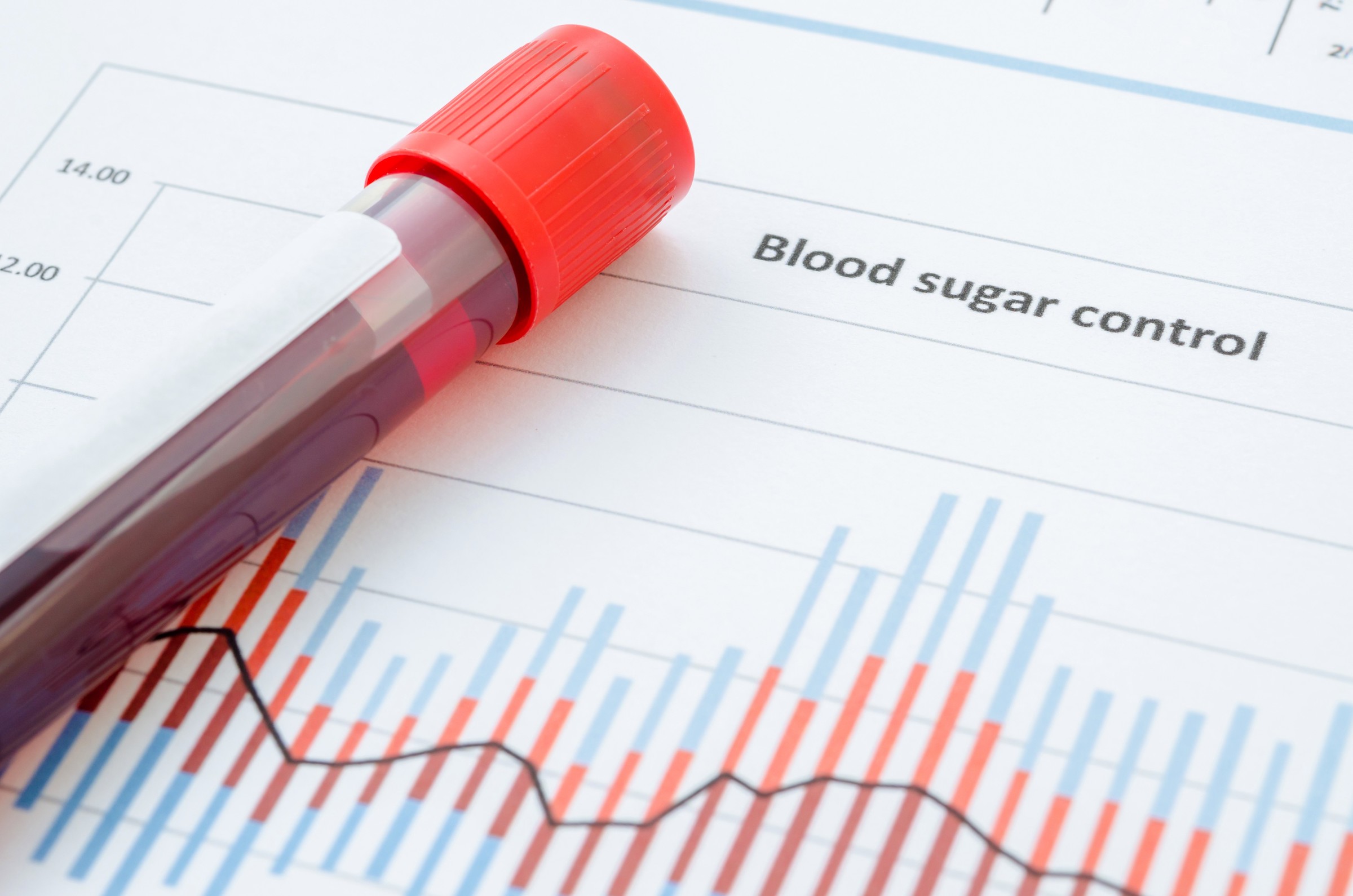
Hypoglycemia – What is it?
- Hypoglycemia occurs when the level of sugar in a person’s blood gets too low.
- The American Diabetes Association classifies hypoglycemia with a glucose reading below 70 mg/dL.
- The abnormally low plasma glucose concentration can expose the individual to harm.
Symptoms:
- Hypoglycemia can present itself with or without symptoms, as symptoms vary between individuals.
- Common symptoms include:
- Extreme fatigue
- Hungry
- Sweaty
- Shaky
- Dizzy
- Nervous
- Common symptoms include:
- Not everyone has symptoms with a low episode. Certain medications (i.e. beta blockers) may mask the symptoms of hypoglycemia.
-
- Also, the longer a person has had diabetes the more likely they no longer experience symptoms with hypoglycemia.
- If your blood glucose goes too low you could become confused, have difficulty walking and taking, or even lose consciousness.
- Avoid tasks that require significant focus such as driving or operating any machinery.
Sound Familiar?
- If this sounds familiar and has happened to you before, keep a special emergency treatment at home, such as Glucagon or glucose tablets, and/or ask your provider about adjusting your medications.
- Foods that have fat, such as chocolate or cheese, do not treat blood sugar as quickly.
- You and a family member should carry a quick source of sugar at all times.
- If your blood glucose is below 70 mg/dL, perform a fingerstick reading – do not solely rely on a CGM reading.
- Another fingerstick reading should be used 15 minutes after treatment to confirm the blood glucose level.
- If you notice a pattern of low glucose episodes, call your provider. Your medications may need to be adjusted.
Causes of Hypoglycemia:
- Diet
- Eating less than normal or less carbohydrates daily without changing your diabetes medication may result in a low blood glucose level.
- Activity
- Mild to moderate exercise lowers blood glucose levels and facilitates glucose transport to the muscle cells and brain cells.
- Increased exercise can result in hypoglycemia. Especially if your activity level is above and beyond your normal activity.
- Medications
- Certain medication classes (such as insulin, sulfonylureas, or meglitinides) can cause hypoglycemia. Here is a detailed list of medications that may put you at risk for hypoglycemia in certain circumstances.
How to Safely Treat Low Blood Sugar:
- Eat 15 grams of fast-acting carbohydrates or take 3-4 glucose tablets
- Glucose tablets are one of the most rapid acting treatments for hypoglycemia. They can conveniently be kept in the car or on the nightstand. They eliminate the need to seek out food to treat low blood sugar levels if they occur.
- Wait 15 minutes and then check your blood sugar again.
- If it is still below 70 mg/dL, eat another 15 grams of carbohydrates and check again in 15 more minutes.
- Repeat until your blood sugar is above 70 mg/dL.
- Try to target a blood glucose level of 90 mg/dL
- If not, it is likely the blood glucose level will drop again in the following few hours.
- Once your blood sugar returns to normal, continue to monitor closely with your CGM.
- Symptoms may linger after your blood sugar is in safe range but should not get worse.
Know When to Seek Medical Attention:
- If your glucose level is <70 mg/dL after 30 minutes of treatment, call 911.
- Do not try to drive yourself to the hospital. Driving with low blood glucose can be dangerous.
- If your glucose level is between 70-90 mg/dL after 30 minutes of treatment and you are on insulin or diabetes medications, eat a snack and call your treating provider for further guidance.
Examples of 15 Gram Fast-Acting Carbohydrates:
- 3-4 glucose tablets (follow package instructions)
- 3-5 hard candies
- 1 tube of glucose gel or liquid
- 4 oz (1/2 cup) of juice (small juicebox) or regular soda
- 1 tbsp of jam/jelly, sugar, or honey
- 2 tbsp of raisins
Over-Treating:
- It is important to try not to over-treat your low blood sugar.
- If you do, you may cause your blood sugar to rise too high, which will make you feel thirsty and tired.
- Frequent high blood sugar levels increase your risk of long-term diabetes.
- Talk to your care team about how you should treat hypoglycemia if it happens.
- If you are on diabetes medications, insulin, or are having repeated hypoglycemic episodes, you may also need to eat a snack to prevent another hypoglycemic episode.
How to Prevent Hypoglycemia:
- Check your CGM levels often.
- Learn the symptoms of low blood sugar and be ready to treat it in the early stages.
- Be prepared with pre-measured, fast-acting carbohydrates when leaving the house.
Exercise and Glucose Levels:
Why does my glucose level go up sometimes when I exercise?
- This is a normal body response to stress hormones that are released during high-intensity workouts.
- Stress hormones trigger backup glucose release to provide energy for the body.
- Your glucose levels should normalize within 2 hours of your workout.
- If they don’t come back down, explore lower intensity workout options or speak with your provider about possibly adjusting your medications.
- Also try to have a small snack prior to working out with about 15 grams of carbohydrates and some protein.
- It may or may not help, so experiment and see how your body responds. Every body is different.
Activity and exercise can have an unexpected impact on individuals living with type 2 diabetes.
- If glucose levels are below 100 mg/dL before exercising, consumer 15-30 grams of carbohydrates to prevent a hypoglycemic episode.
- High-intensity/cardio-like exercise can increase glucose levels generally.
- They should normalize within 2 hours of the activity.
Jun. 24 2021